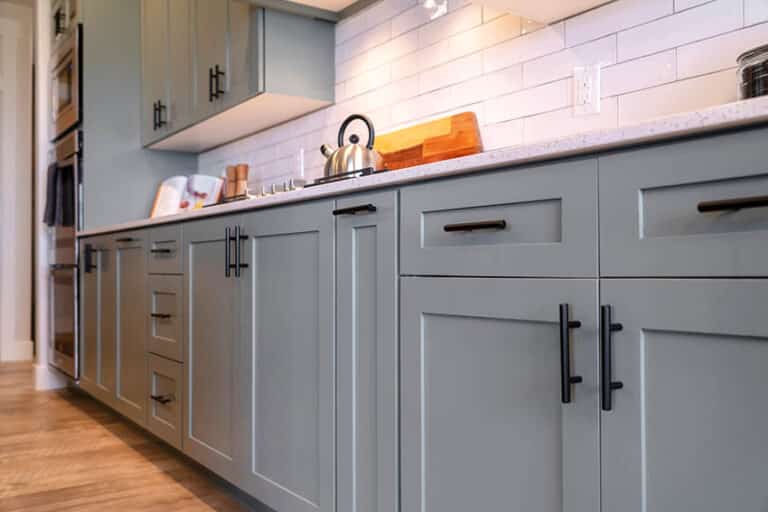

They typically have two screws to securely attach them to the cabinet. Most cabinet pulls are available in a variety of lengths to accommodate different door and drawer sizes. They are easy to grasp and work well across many kitchen styles, from traditional to transitional to contemporary. PULLSīar, cup and tab pulls have similar functionality in varying forms. Simply divide the drawer into thirds and place one knob at the 1/3 point and one knob at the 2/3 point.įor pull-out storage cabinets, such as wastebasket bins and spice racks, center the knob 2” to 2-1/2” inches from the top of the cabinet face. If you have a mix of drawer depth sizes, you can adjust the placement of knobs to better align with one another and create a cohesive, proportioned look across cabinets.įor drawers that are 24” or wider, it’s a good idea to add a second knob to balance the pull when the drawer is opened. For base cabinets, place them 2” to 2-1/2” from the upper corner of the door.įor cabinet drawers, position the knob directly in the center of the drawer front. On wall cabinets, place knobs 2” to 2-1/2” from the bottom corner of the door. PlacementĬabinet knobs are positioned opposite door hinges. However, you can also find them in shapes such as square and T-shape.

Knobs use a single screw and are traditionally round or oval. KNOBSĪ knob is the most basic hardware choice for doors and drawers.

#PLACEMENT OF KITCHEN CABINET KNOBS AND PULLS INSTALL#
Not sure where to install knobs or pulls on your doors and drawers? Here are some quick tips for application. For instance, thinner rails and stiles on the face of the door versus a flat, slab surface creates differing installation options. Depending on the configuration, you may have less surface space for a knob or pull. The style of your cabinetry plays an important part in the placement of hardware. Depending on your design goals, you can choose shiny, brushed, colorful or subdued cabinet hardware for your kitchen. The variety of hardware materials and finishes available is extensive and includes metal, ceramic, glass and wood. However, there are always exceptions to these rules, especially when placing hardware on small drawers or in small spaces, or when you want to attain a certain design aesthetic. Traditionally, the rule has been to place knobs on cabinet doors and pulls on cabinet drawers. Proper cabinet hardware placement and positioning adds function and aesthetic appeal to the overall design. Stylish handles complement and accentuate the colors, lines and textures of your space. Putting the finishes touches on your kitchen remodel includes adding knobs and pulls to your new cabinets.


 0 kommentar(er)
0 kommentar(er)
